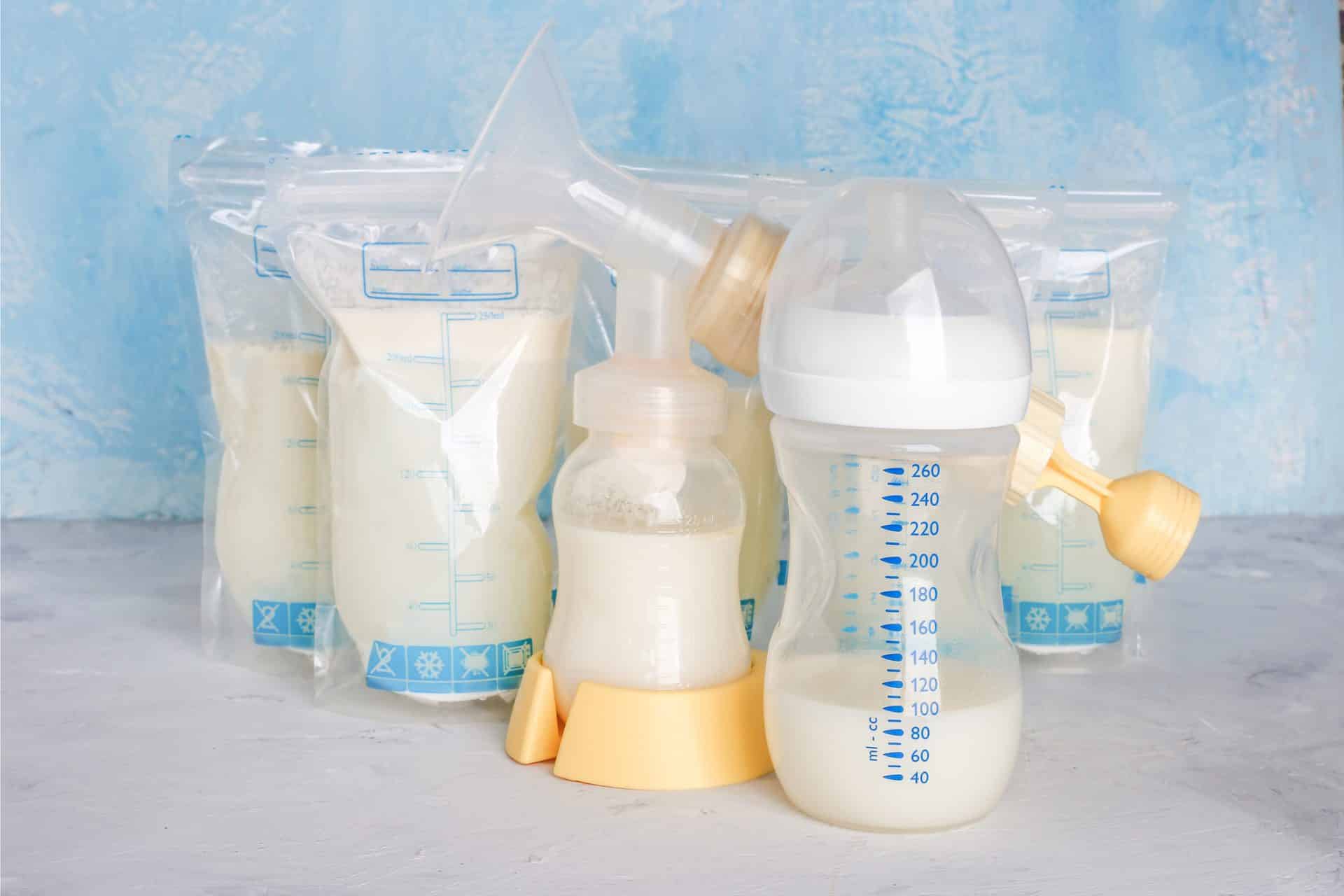

Articles
How To Store Breast Milk In Bottle
Modified: January 7, 2024
Learn the best way to store breast milk in bottles with our informative articles. Keep your baby's milk safe and fresh for longer.
(Many of the links in this article redirect to a specific reviewed product. Your purchase of these products through affiliate links helps to generate commission for Storables.com, at no extra cost. Learn more)
Introduction
Storing breast milk in a bottle is a convenient and practical option for many breastfeeding mothers. Whether you are returning to work, traveling, or need to have a supply of breast milk on hand, knowing how to properly store breast milk in a bottle is essential.
Breast milk is a valuable source of nutrition for infants, providing them with essential nutrients, antibodies, and enzymes that promote healthy development. However, it is important to handle and store breast milk correctly to maintain its nutritional value and ensure it remains safe for your baby to consume.
In this article, we will discuss the reasons for storing breast milk in a bottle, the proper techniques for storing it, and important safety considerations to keep in mind. We will also provide some helpful tips to efficiently store breast milk in a bottle, so that you can confidently navigate the process.
By understanding the best practices for storing breast milk in a bottle, you can ensure that your baby continues to receive the benefits of breast milk even when you are not directly breastfeeding.
Key Takeaways:
- Properly storing breast milk in a bottle ensures your baby receives essential nutrients and antibodies, even when direct breastfeeding is not possible. Follow guidelines for hygiene, refrigeration, and freezing to maintain the milk’s quality and safety.
- Efficiently store breast milk by using storage bags, organizing by date, and freezing in single-use portions. Prioritize safety by following cleanliness, labeling, and storage temperature guidelines to ensure the best nourishment for your baby.
Read more: How To Store And Freeze Breast Milk
Why Store Breast Milk in a Bottle
There are several reasons why storing breast milk in a bottle can be beneficial for breastfeeding mothers. Here are a few key reasons:
- Convenience: Storing breast milk in a bottle allows you to have a supply readily available for feeding your baby at any time. This is particularly useful for working mothers who may need to be away from their baby during feeding times.
- Flexibility: When you store breast milk in a bottle, it gives you the flexibility to have someone else feed your baby. This can be helpful when you want to share the feeding responsibilities with your partner or a caregiver.
- Emergency situations: Having a reserve of stored breast milk in a bottle can be a lifesaver in emergency situations. Whether you experience a sudden illness, need to be away unexpectedly, or encounter other unforeseen circumstances, having a backup supply ensures that your baby’s nutritional needs are met.
- Maintaining milk supply: Regularly pumping and storing breast milk in a bottle can help maintain your milk supply. Milk production works on a supply-and-demand basis, so by expressing milk even when your baby is not directly nursing, you are signaling your body to continue producing milk.
- Transitioning to bottle feeding: Storing breast milk in a bottle is also helpful if you plan to transition your baby from breastfeeding to bottle feeding. By introducing a bottle with breast milk, you can help your baby adjust to a bottle and make the transition smoother.
Overall, storing breast milk in a bottle provides convenience, flexibility, and a backup supply of breast milk. It supports both you as a breastfeeding mother and ensures that your baby continues to receive the benefits of breast milk even when direct breastfeeding is not possible.
Preparing the Bottle for Storing Breast Milk
Properly preparing the bottle for storing breast milk is crucial to maintain the quality and safety of the milk. Here are some steps you should follow:
- Choose the right bottle: Use bottles that are specifically designed for storing breast milk. These bottles are made of BPA-free materials and have secure lids that prevent leakage and contamination.
- Wash your hands: Before handling the bottle, make sure to wash your hands thoroughly with soap and water. Clean hands help prevent the transfer of bacteria to the milk.
- Sterilize the bottle: If it is your first time using the bottle, you should sterilize it by boiling it in water for five minutes or following the manufacturer’s instructions. After sterilization, you can simply wash the bottle with hot, soapy water and rinse it thoroughly for subsequent use.
- Ensure cleanliness: Make sure that all parts of the bottle, including the nipple, cap, and collar, are clean and free from any residue. Rinse them thoroughly to remove any soap residue.
- Label the bottle: Before pouring breast milk into the bottle, it is important to label it with the date and time of expression. This helps you keep track of the freshness of the milk and ensures that you use the oldest milk first.
Following these steps will help ensure that the bottle is clean and ready for storing breast milk. Remember, maintaining good hygiene practices throughout the process is essential to protect the quality and safety of the breast milk.
Proper Techniques for Storing Breast Milk in a Bottle
Properly storing breast milk in a bottle is crucial to maintain its quality and ensure its safety for your baby. Here are some essential techniques to follow:
- Express and store promptly: After expressing breast milk, it is important to store it in a bottle promptly. The sooner you can refrigerate or freeze the milk, the better its quality and nutritional value will be preserved.
- Use clean containers: Always use clean, sterilized bottles with secure lids for storing breast milk. Avoid using plastic bags or other containers that may not be suitable for maintaining the integrity of the milk.
- Pour milk into the bottle: Pour the expressed breast milk into the bottle, leaving about an inch of space at the top to allow for expansion if freezing. Avoid filling the bottle to the brim to prevent spillage when thawing or warming the milk.
- Seal the bottle tightly: Ensure that the bottle is tightly sealed to prevent any leakage or contamination of the milk. This helps maintain the freshness of the milk and prevents exposure to air, which can lead to oxidation and nutrient loss.
- Store milk in small quantities: It is advisable to store breast milk in smaller quantities, such as 2-4 ounces per bottle. This makes it easier to thaw and use only the amount needed for each feeding, minimizing waste.
- Date and label the bottle: It is important to label each bottle with the date and time of expression. This allows you to use the oldest milk first and ensures that you are consuming fresh milk for your baby.
By following these proper storage techniques, you can maintain the quality and safety of the breast milk, ensuring that your baby receives the best possible nutrition.
Guidelines for Refrigerating Breast Milk in a Bottle
Refrigerating breast milk properly is essential to preserve its freshness and nutritional properties. Here are some guidelines to follow when refrigerating breast milk in a bottle:
- Cool milk before refrigeration: After expressing breast milk, allow it to cool at room temperature for about 30 minutes before refrigerating. This helps to minimize temperature fluctuations in the refrigerator and ensures that the milk stays at a safe temperature.
- Store milk in the back of the refrigerator: Place the bottles of breast milk towards the back of the refrigerator, where the temperature is more consistently cool. Avoid storing the milk on the door or near the front, as these areas may experience temperature fluctuations when the door is opened frequently.
- Maintain a constant refrigerator temperature: Set your refrigerator temperature to 4°C (39°F) or below to ensure optimal storage conditions for breast milk. Regularly check the temperature with a refrigerator thermometer to ensure it remains within the safe range.
- Store milk away from strong-smelling foods: Breast milk can absorb odors easily, so it is important to store it away from strong-smelling foods such as onions, garlic, and leftovers with pungent odors. This helps to maintain the freshness and taste of the milk.
- Use refrigerated milk within a certain timeframe: It is recommended to use refrigerated breast milk within 4-8 days, depending on the temperature and hygiene practices. Always check the smell and appearance of the milk before feeding it to your baby, discarding any milk that appears spoiled.
- Avoid refreezing thawed milk: If you have thawed previously frozen breast milk, avoid refreezing it again. Once breast milk has been thawed and heated, it should be used within 24 hours. Refreezing can lead to a deterioration in quality and may increase the risk of bacterial growth.
Following these guidelines helps ensure that your refrigerated breast milk remains safe and maintains its nutritional quality, providing your baby with the best possible nourishment.
After pumping breast milk, store it in a clean, sealed bottle. Label the bottle with the date and use the oldest milk first. Store in the back of the fridge or freezer to maintain freshness.
Read more: How To Store Breast Milk In Freezer
Guidelines for Freezing Breast Milk in a Bottle
Freezing breast milk in a bottle is a convenient way to store it for longer periods while preserving its nutrients. Here are some guidelines to follow when freezing breast milk in a bottle:
- Choose freezer-safe bottles: Ensure that the bottles you use for freezing breast milk are specifically designed to withstand freezing temperatures. Look for bottles made of BPA-free materials that are suitable for freezing.
- Leave space for expansion: When pouring breast milk into the bottle for freezing, leave about an inch of space at the top to allow for expansion. Breast milk expands when frozen, and leaving some room prevents the bottle from bursting or leaking.
- Label the bottles: Label each bottle with the date of expression before placing it in the freezer. This helps you keep track of the freshness of the milk and ensures that you use the oldest milk first.
- Store milk at the back of the freezer: Place the bottles of breast milk towards the back of the freezer, where the temperature remains more consistent. Avoid storing the milk near the freezer door, where the temperature can fluctuate each time the door is opened.
- Use frozen milk within a certain timeframe: It is recommended to use frozen breast milk within 6-12 months for optimal quality. However, using the milk within 3-6 months is ideal to ensure the highest nutritional value.
- Thaw and use oldest milk first: When you need to use frozen breast milk, thaw it in the refrigerator overnight or by placing the bottle in a bowl of warm water. Always use the oldest frozen milk first to maintain a good rotation and prevent any milk from expiring.
- Do not refreeze thawed milk: Once breast milk has been thawed, it should not be refrozen. Thawed breast milk should be used within 24 hours. Discard any unused thawed milk after that time to ensure the safety and quality for your baby.
By following these guidelines, you can safely freeze breast milk in a bottle, ensuring that you have a convenient and reliable supply of breast milk for your baby.
Thawing and Warming Breast Milk Stored in a Bottle
Thawing and warming breast milk that has been stored in a bottle is essential to ensure its safety and maintain its quality. Here are some guidelines to follow when thawing and warming breast milk:
- Thaw breast milk in the refrigerator: The safest and recommended method for thawing breast milk is to thaw it slowly in the refrigerator. Simply transfer the bottle of frozen breast milk from the freezer to the refrigerator and allow it to thaw overnight or for about 12 hours.
- Use warm water for faster thawing: If you need to thaw breast milk quickly, you can use warm water. Place the sealed bottle of breast milk in a bowl of warm water, ensuring that the water level does not go above the bottle’s neck. This method typically takes about 15-20 minutes.
- Avoid using hot water or microwave: Do not use hot water or microwave to thaw breast milk as it can cause hot spots and destroy valuable nutrients. Microwaving can also create uneven heating and may lead to burns in your baby’s mouth.
- Gently swirl the bottle: After thawing breast milk, gently swirl the bottle to mix the separated layers. Avoid shaking the bottle vigorously as it can cause the breakdown of proteins and other beneficial components.
- Warm breast milk in warm water: If you prefer to serve the breast milk warm, you can place the bottle in a bowl of warm water. The water temperature should be comfortably warm, not too hot. Swirl the bottle occasionally to distribute the warmth evenly.
- Test the temperature before feeding: Before feeding the warmed breast milk to your baby, test the temperature by placing a few drops on the inside of your wrist. It should feel comfortably warm, similar to the temperature of breast milk or formula.
- Use warmed milk within one hour: Once you have warmed breast milk, it should be used within one hour. This helps to avoid any bacterial growth and ensures the freshness and safety of the milk.
By following these guidelines, you can effectively thaw and warm breast milk stored in a bottle, providing your baby with a safe and satisfying feeding experience.
Important Safety Considerations When Storing Breast Milk in a Bottle
Proper storage of breast milk in a bottle is crucial to ensure its safety for your baby. Here are some important safety considerations to keep in mind:
- Clean and sterilize equipment: It is important to use clean bottles, nipples, caps, and collars for storing breast milk. Wash them thoroughly with warm water and soap, or follow the manufacturer’s instructions for sterilization. Proper hygiene helps prevent the growth of harmful bacteria.
- Label bottles accurately: Always label each bottle with the date of expression. This ensures that you use the oldest milk first and maintain a proper rotation system, preventing any milk from expiring.
- Fill bottles with the right amount: Avoid overfilling bottles when storing breast milk. Leaving some space at the top allows for expansion in the freezer and helps prevent leaks or spills when thawing or warming the milk.
- Store breast milk in appropriate containers: Use bottles specifically designed for storing breast milk. These bottles are made of BPA-free materials and have secure lids to prevent contamination and leakage.
- Store breast milk at the correct temperature: Refrigerate breast milk at temperatures of 4°C (39°F) or below. Freezing breast milk should be done at 0°F (-18°C) or below. Proper temperatures help maintain the quality and safety of the milk.
- Handle breast milk with clean hands: Always wash your hands thoroughly with soap and water before expressing, handling, or storing breast milk. Clean hands minimize the risk of introducing bacteria or contaminants into the milk.
- Use breast milk within recommended timeframes: Breast milk stored in the refrigerator can generally be used within 4-8 days. Frozen breast milk is best used within 6-12 months. Following these guidelines helps ensure that the milk is fresh and safe for your baby.
- Discard milk if there are signs of spoilage: If breast milk appears and smells off, unusual, or rancid, discard it. Trust your senses and prioritize the safety and wellbeing of your baby.
- Avoid reusing unfinished bottles: Once a bottle of breast milk has been partially consumed, it is best to discard any leftover milk rather than saving it for later use. Bacteria from your baby’s mouth can contaminate the remaining milk, posing a risk of bacterial growth.
By following these safety considerations, you can ensure that the breast milk stored in a bottle is safe and beneficial for your baby’s health and wellbeing.
Tips for Efficiently Storing Breast Milk in a Bottle
Storing breast milk in a bottle can be made more efficient with these helpful tips:
- Use breast milk storage bags: Consider using breast milk storage bags in addition to bottles. These bags are space-efficient and can be stacked or laid flat for easier storage in the refrigerator or freezer.
- Store breast milk in small portions: Storing breast milk in smaller portions, such as 2-4 ounces per bottle or bag, allows you to thaw and use only the amount of milk needed for each feeding. This helps to minimize waste and ensures that each feeding is fresh.
- Freeze breast milk in single-use portions: If you anticipate needing small amounts of breast milk frequently, freeze them in single-use portions. This way, you can thaw and use just the right amount without any leftovers.
- Organize milk by date: Arrange bottles or bags of breast milk in your refrigerator or freezer by date. This practice ensures that you use the oldest milk first and maintain an efficient rotation system.
- Utilize freezer storage containers: Consider using freezer storage containers specifically designed for storing breast milk. These containers are stackable, reusable, and help maximize the available space in your freezer.
- Invest in a breast milk storage system: If you plan to store a significant amount of breast milk, explore breast milk storage systems that offer compartments or trays for efficient organization and easy access to the stored milk.
- Keep extra breast milk in the freezer: If you have excess breast milk that will not be consumed within the recommended timeframe for refrigeration, transfer it to the freezer promptly for longer-term storage.
- Rotate milk stock regularly: As you continue to express and store breast milk, make a habit of using the oldest milk first. This rotation practice helps ensure that none of the stored milk goes to waste.
- Communicate with caregivers: If you have a caregiver helping to feed your baby expressed breast milk, communicate the storage instructions and guidelines clearly to maintain consistency and prevent any mishaps.
- Opt for transparent storage containers: When storing breast milk, consider using transparent containers. This allows you to easily see the contents and helps you to organize the milk based on date and quantity.
By implementing these tips, you can streamline the process of storing breast milk in a bottle, making it more efficient and convenient for you and your baby.
Read more: How To Store Your Breast Milk
Conclusion
Storing breast milk in a bottle is a practical and convenient solution for breastfeeding mothers. By following proper techniques and guidelines, you can ensure the safety and nutritional integrity of the breast milk, providing your baby with the best possible nourishment even when you are not directly breastfeeding.
From properly preparing the bottle to labeling and storing breast milk at the appropriate temperature, each step plays a crucial role in maintaining the quality of the milk. Refrigerating breast milk allows for short-term storage, while freezing extends the shelf life for longer-term use.
Thawing and warming breast milk requires careful attention to prevent nutrient loss and maintain optimal safety. By following recommended methods, such as using the refrigerator or warm water, you can ensure that the breast milk is ready to be fed to your baby.
Safety considerations are paramount when storing breast milk. Maintaining cleanliness, using appropriate storage containers, and adhering to recommended storage times are essential for the health and well-being of your baby. Regularly checking the milk for signs of spoilage and promptly discarding any milk that appears off is also crucial.
Efficiency in storing breast milk can be achieved through strategies such as using breast milk storage bags, organizing the milk by date, and storing milk in single-use portions. These tips help optimize space, minimize waste, and facilitate easy access to the stored milk.
In conclusion, by understanding the proper techniques for storing breast milk in a bottle, adhering to safety considerations, and implementing efficient storage practices, you can ensure that your baby receives the benefits of breast milk even when direct breastfeeding is not possible. The importance of proper storage cannot be overstated, as it helps preserve the nutritional value and safety of the breast milk, ultimately contributing to the health and well-being of your precious little one.
Frequently Asked Questions about How To Store Breast Milk In Bottle
Was this page helpful?
At Storables.com, we guarantee accurate and reliable information. Our content, validated by Expert Board Contributors, is crafted following stringent Editorial Policies. We're committed to providing you with well-researched, expert-backed insights for all your informational needs.
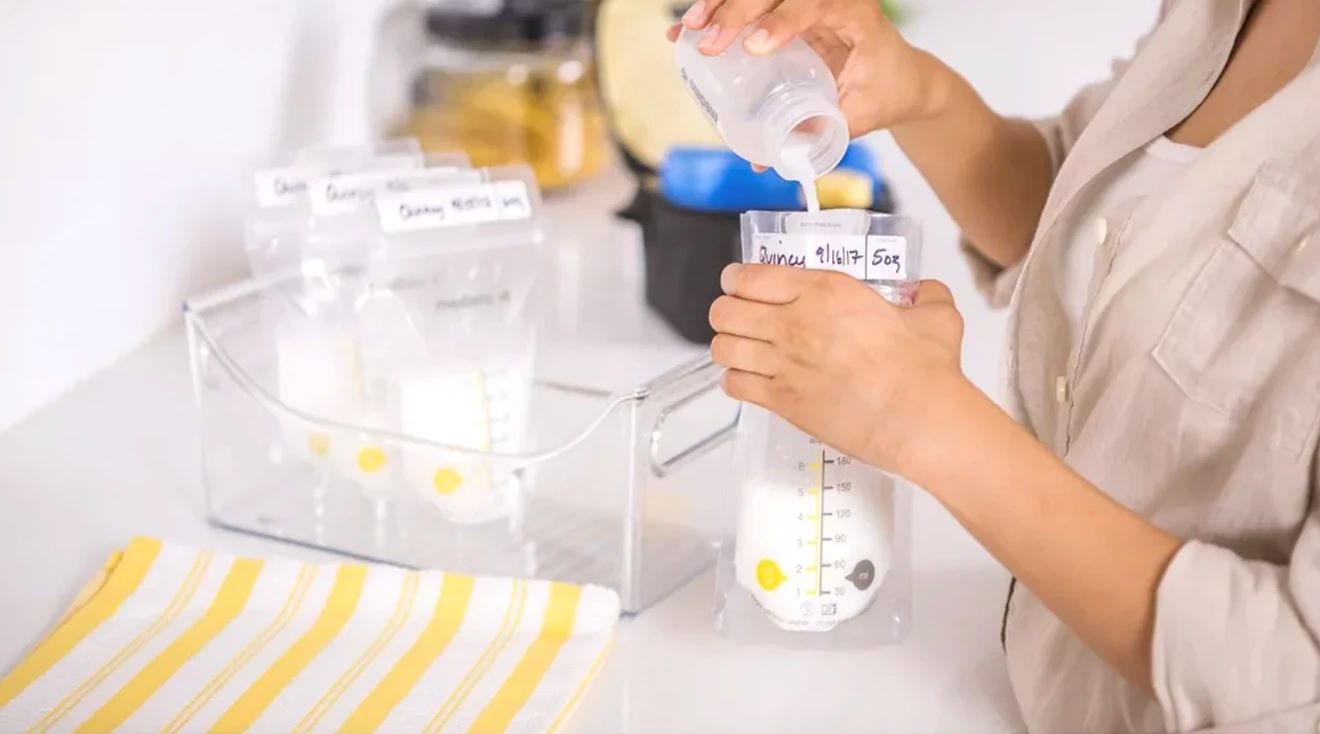
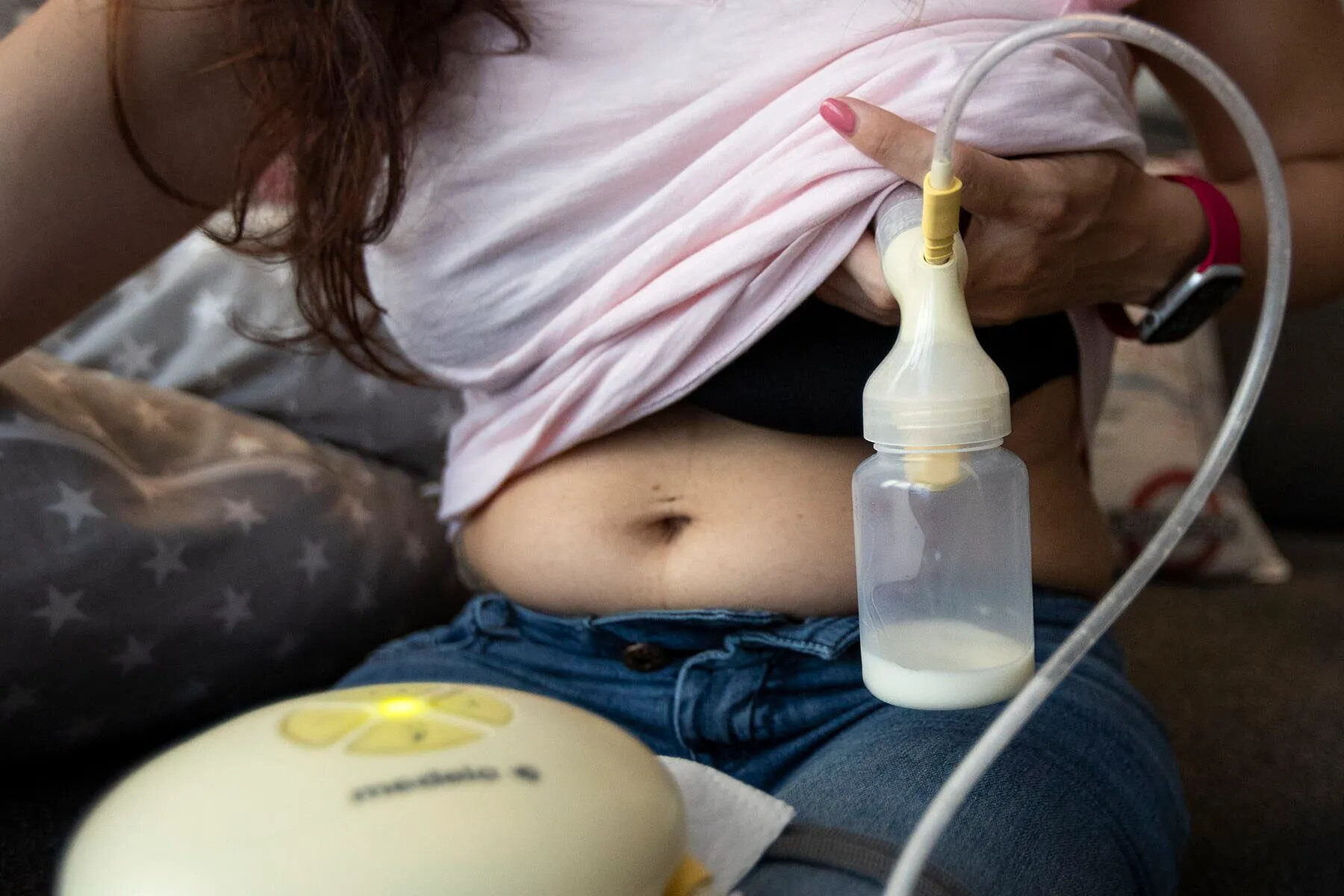
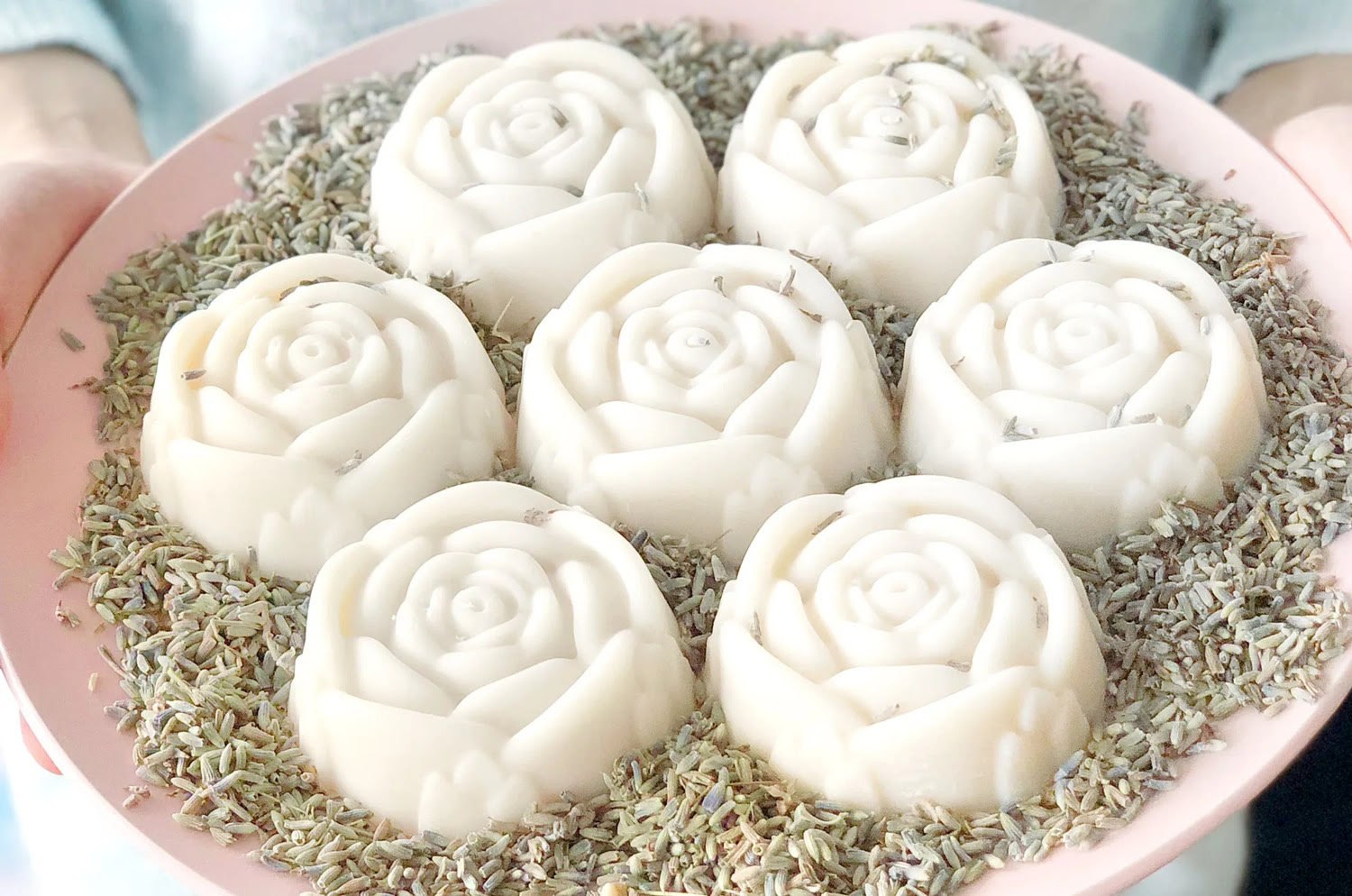
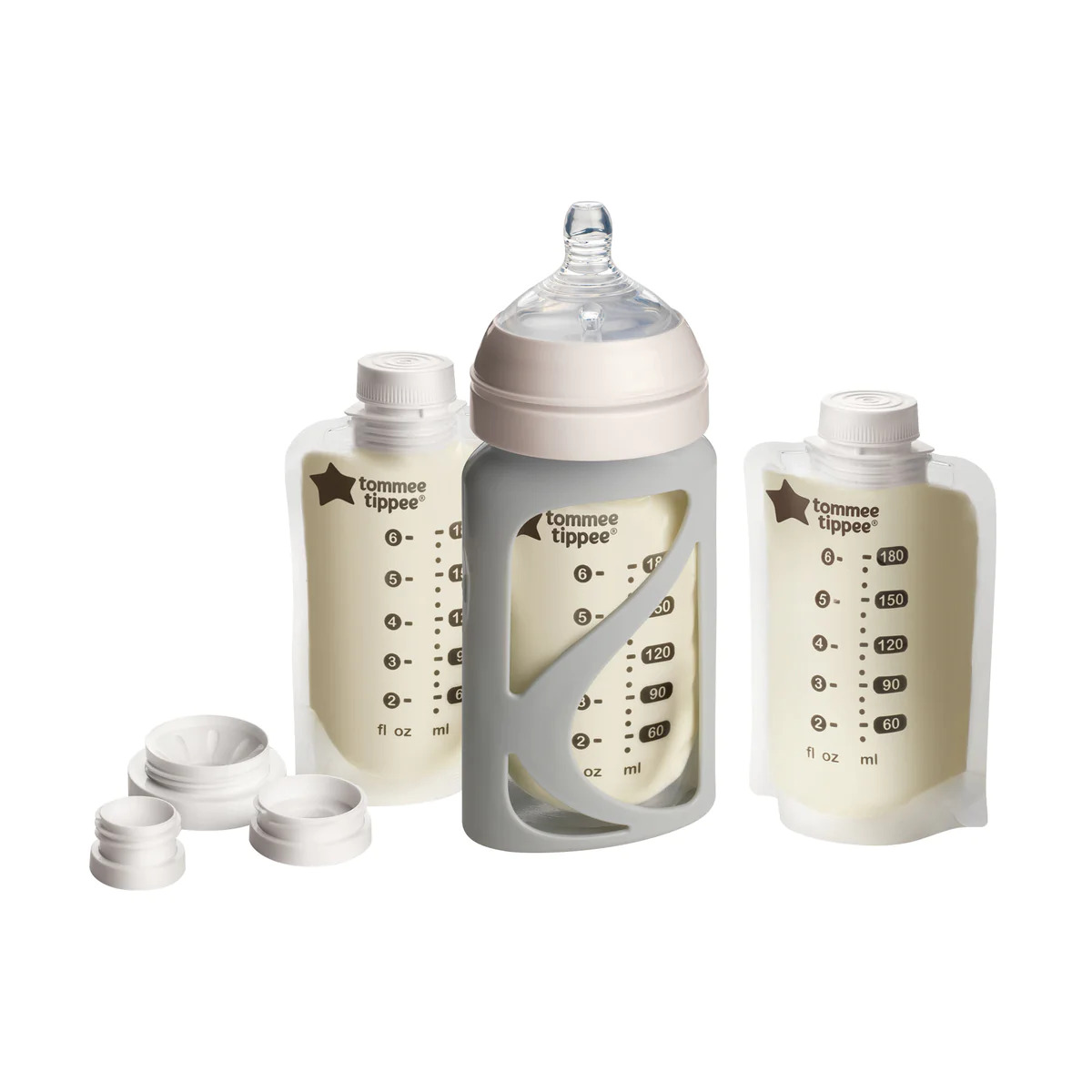
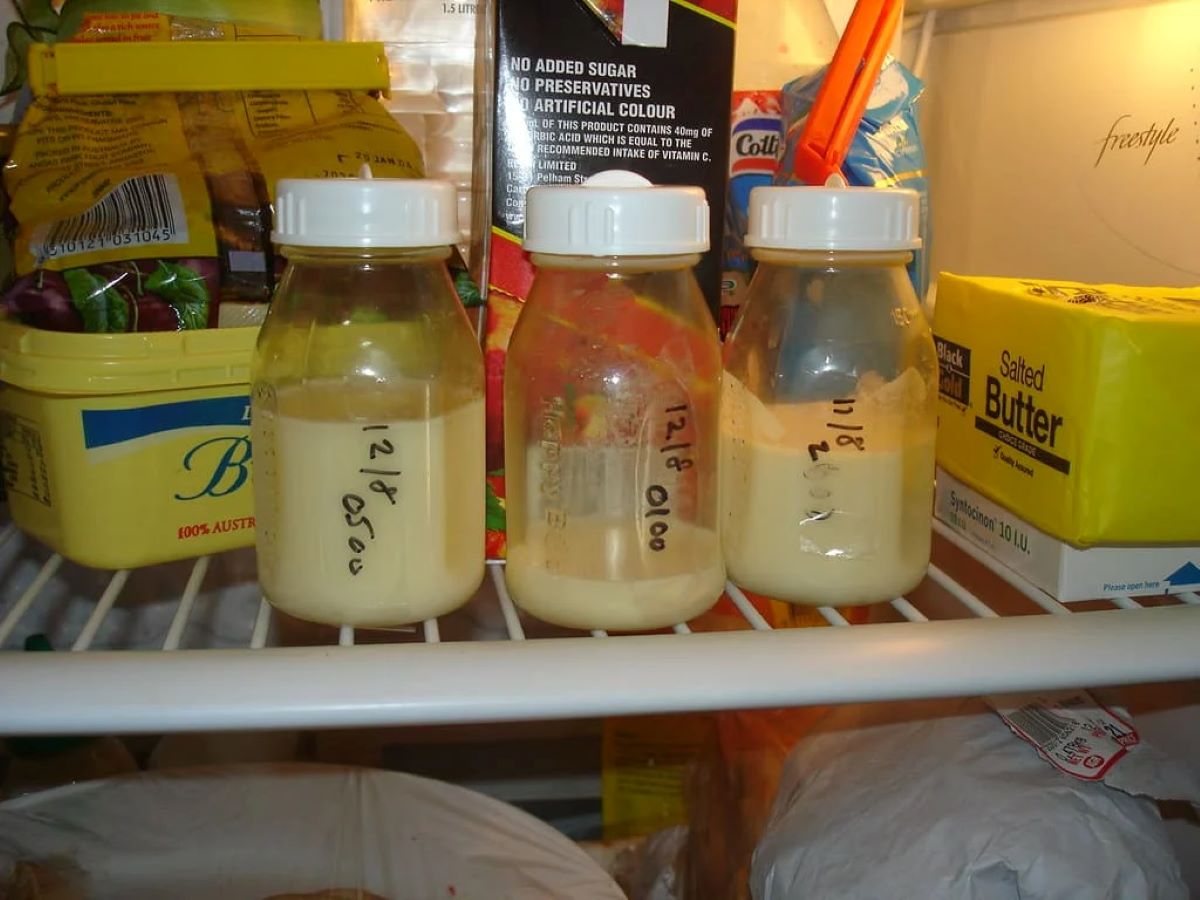
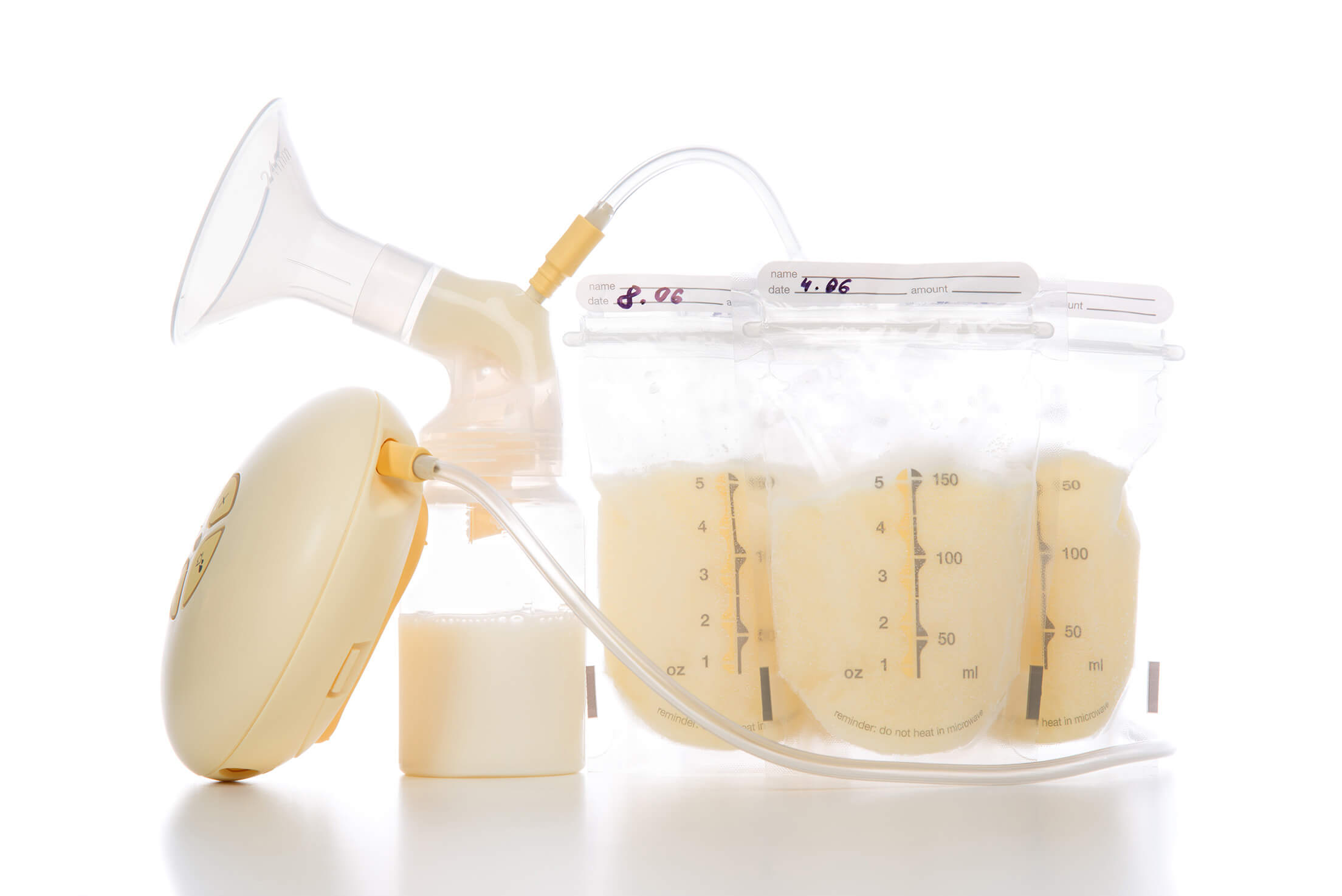
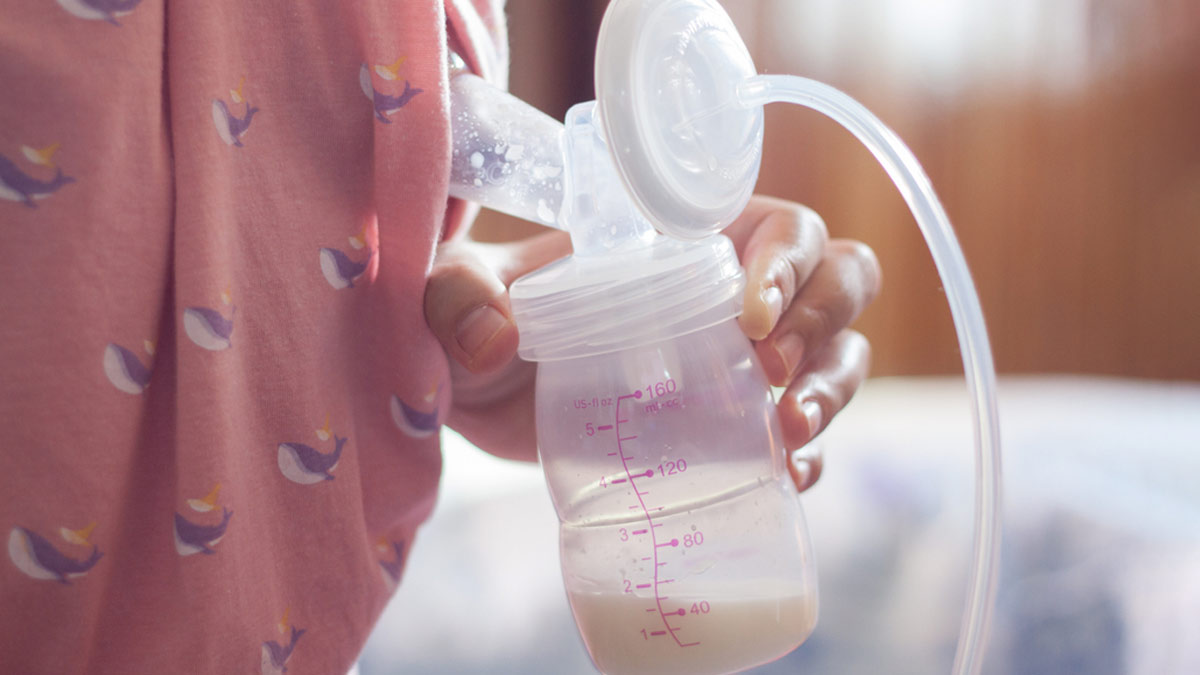
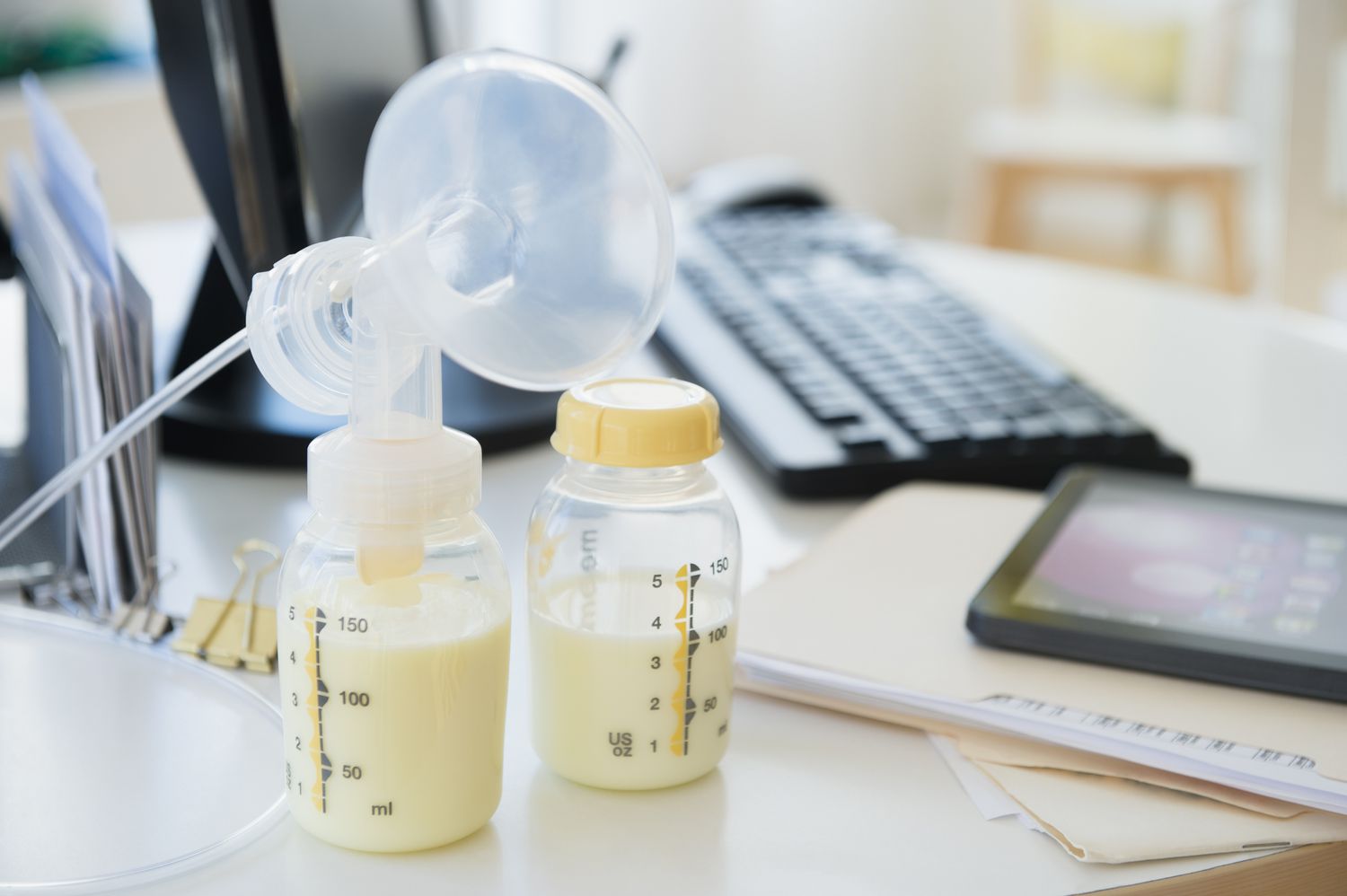
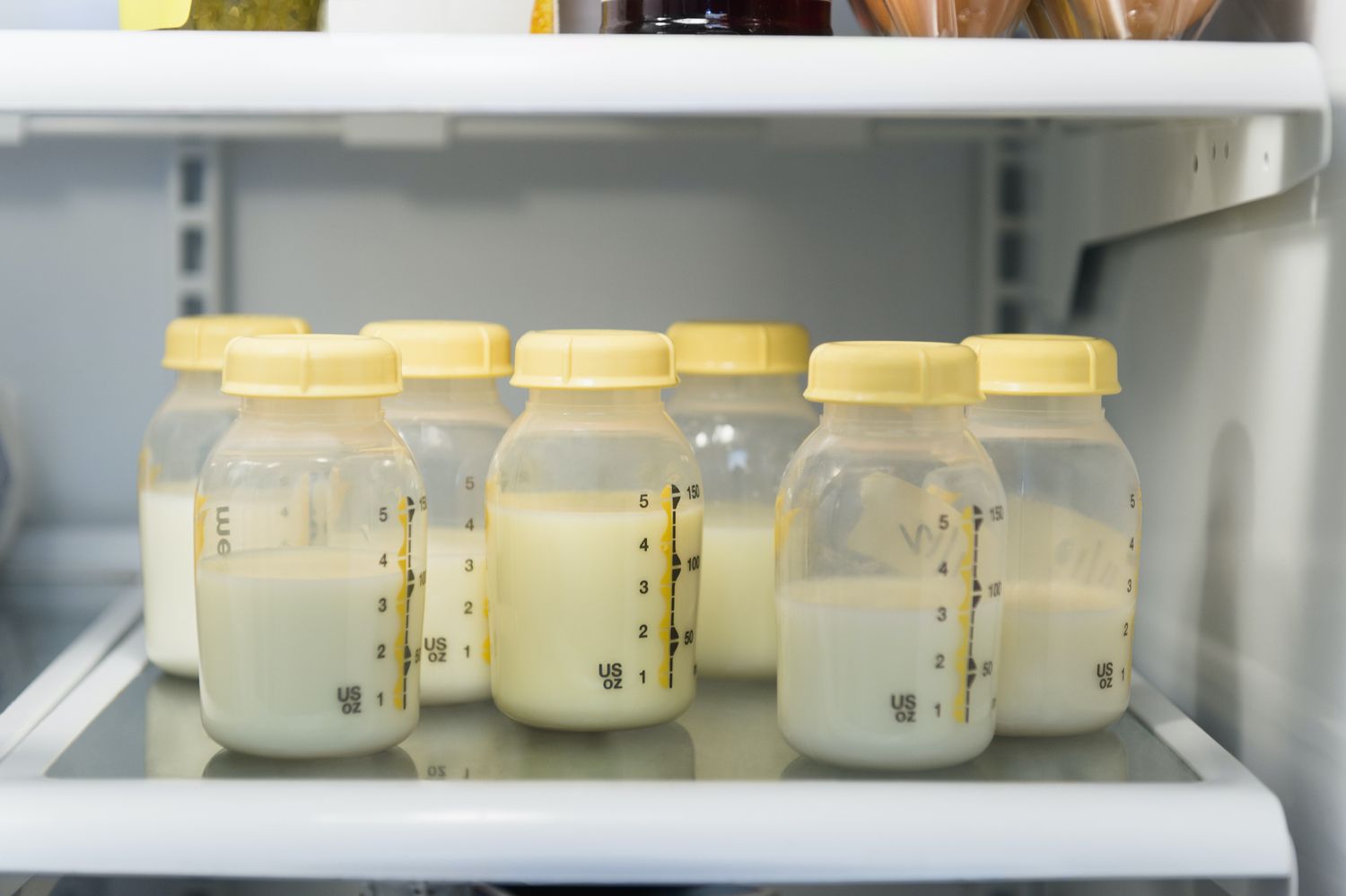
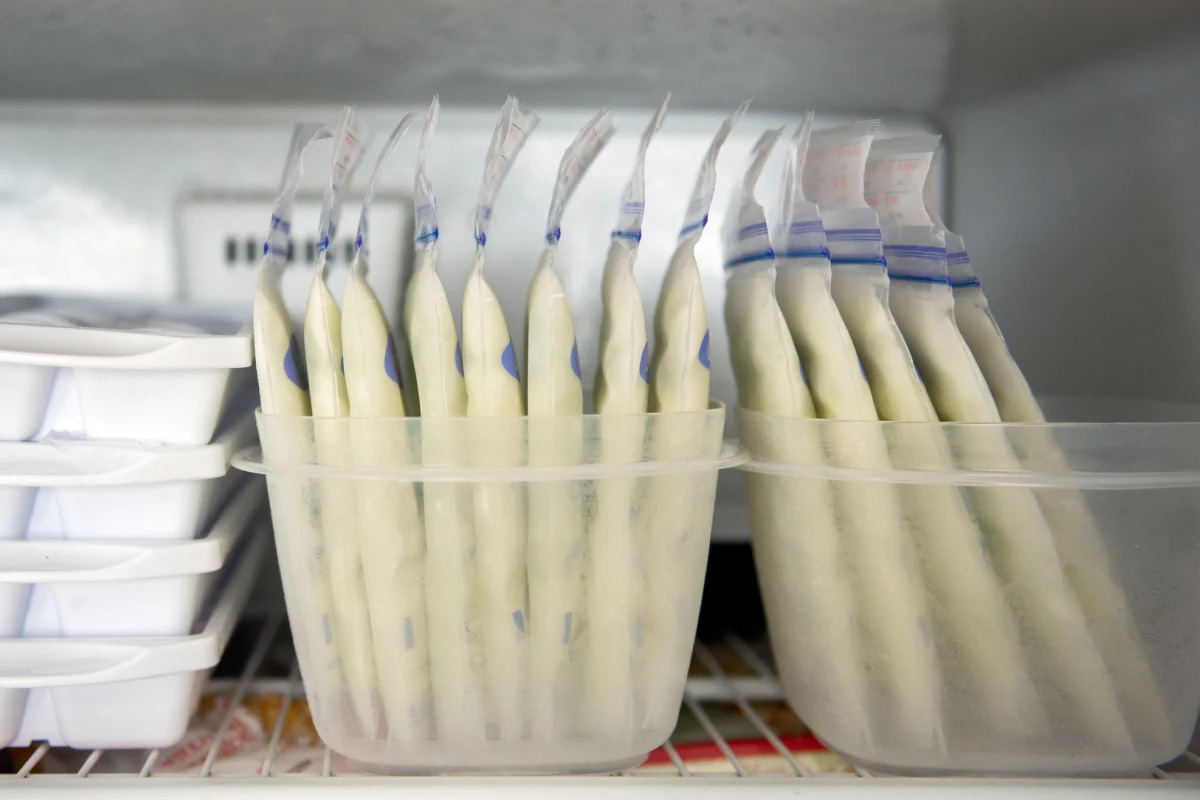
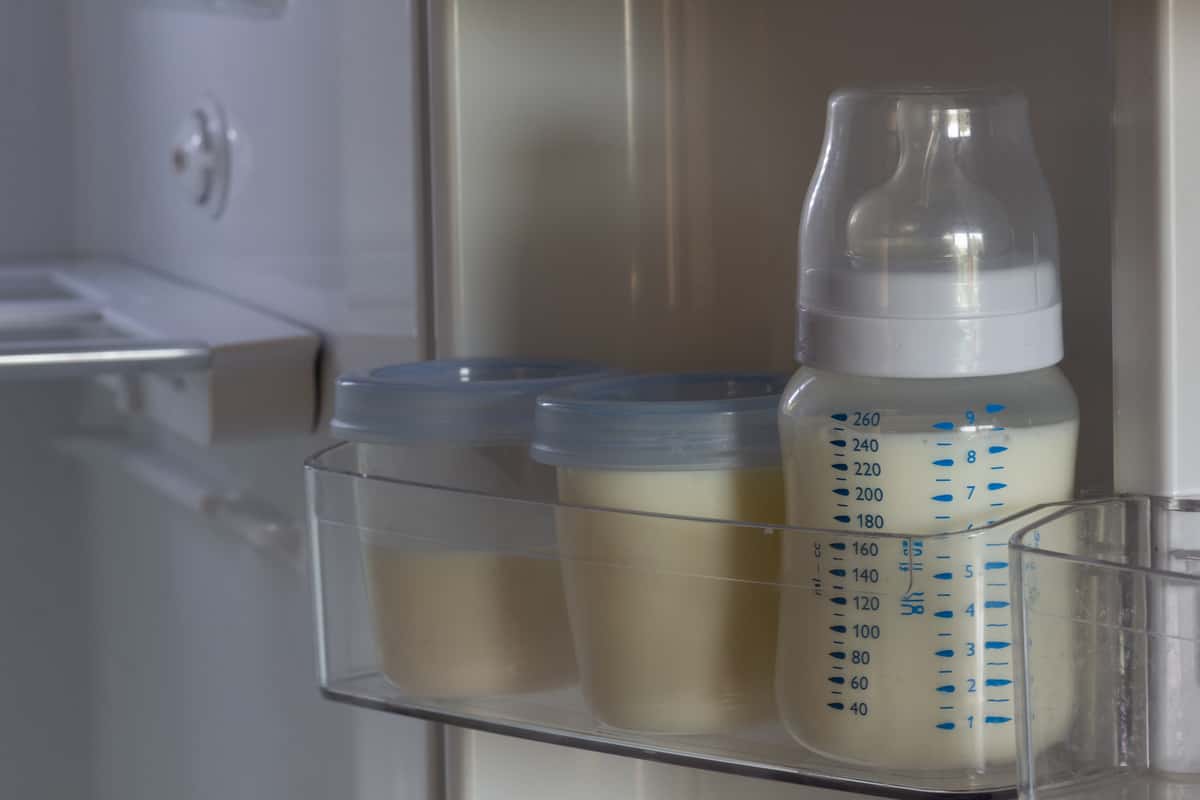
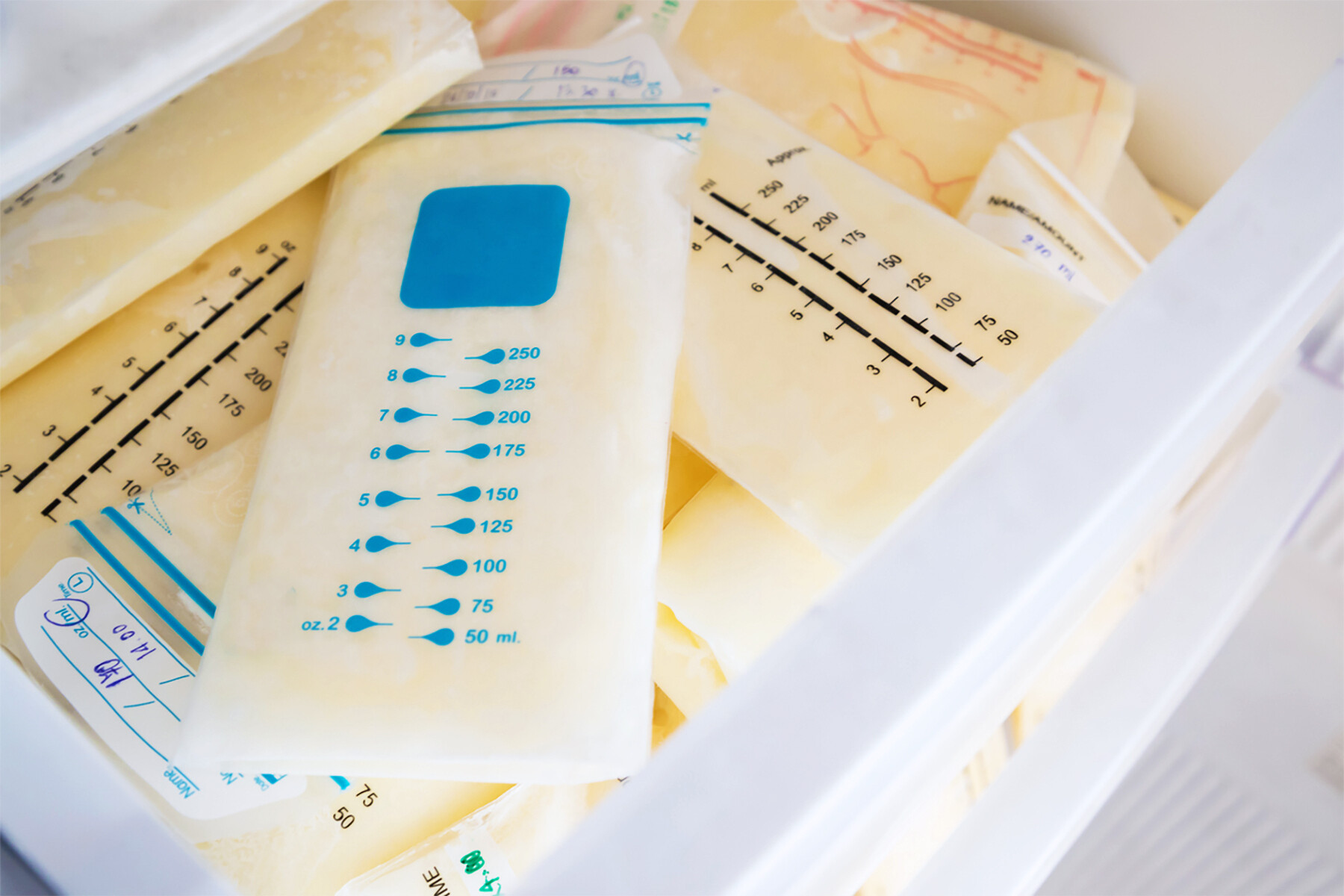
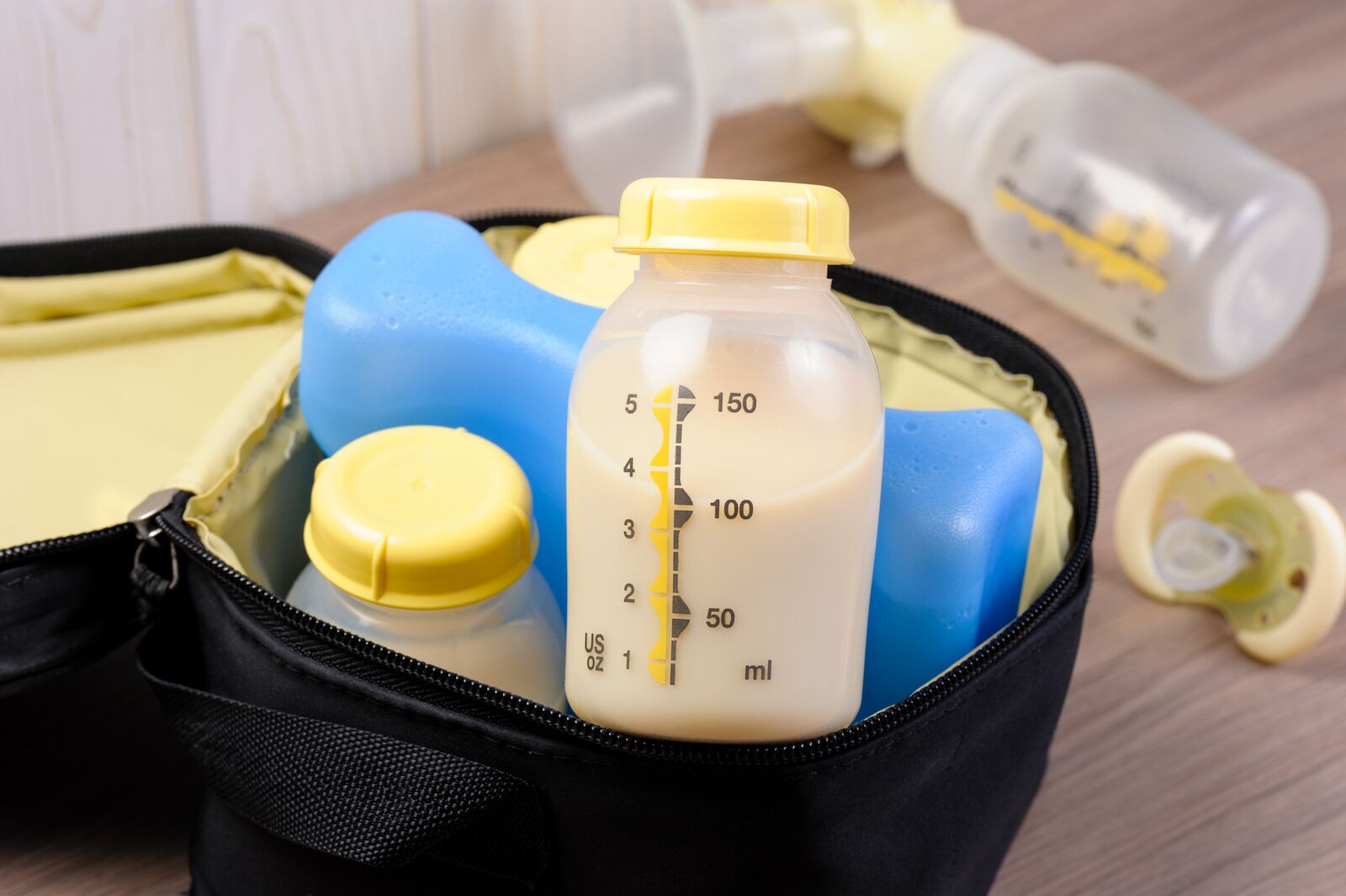

0 thoughts on “How To Store Breast Milk In Bottle”